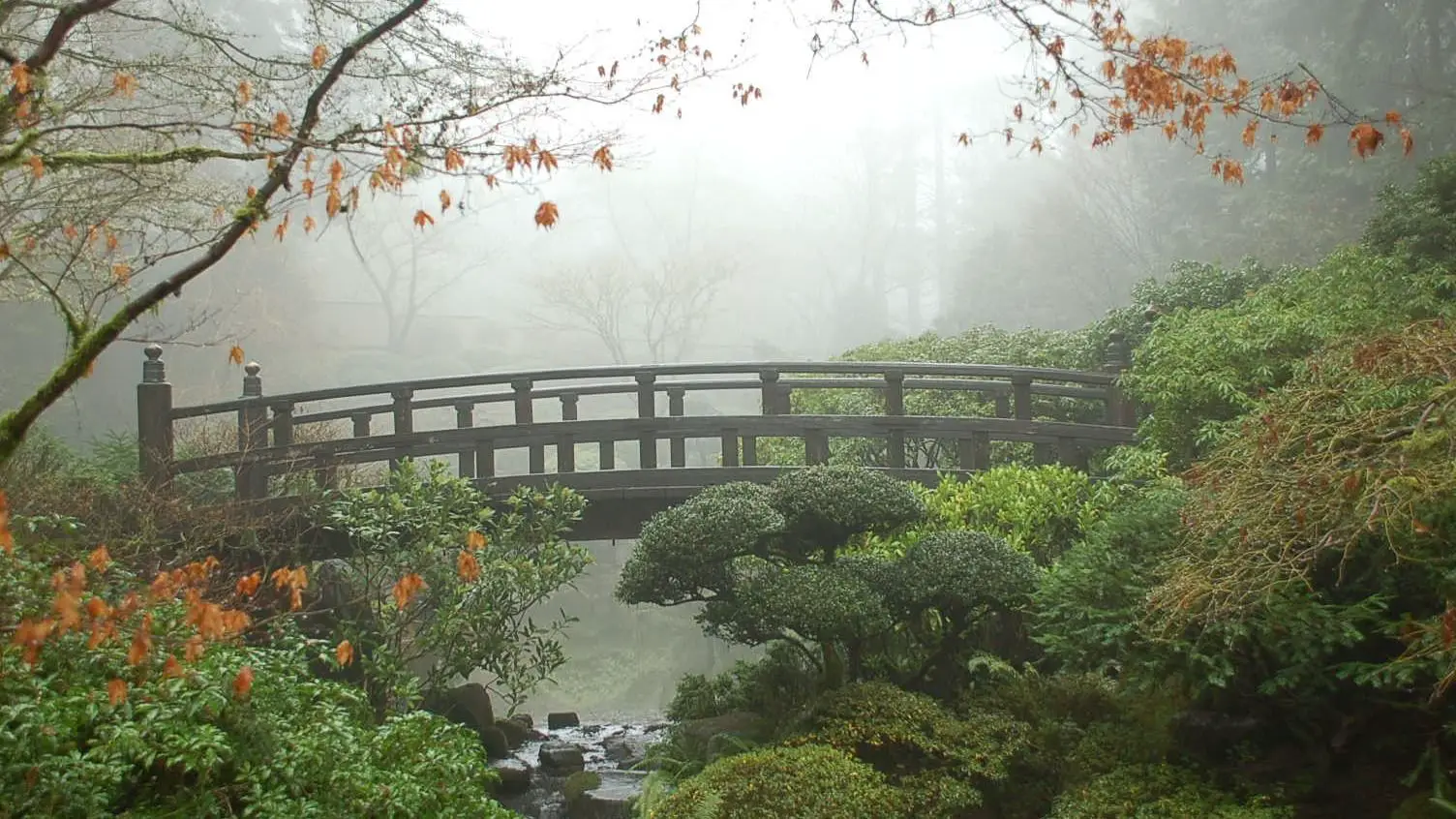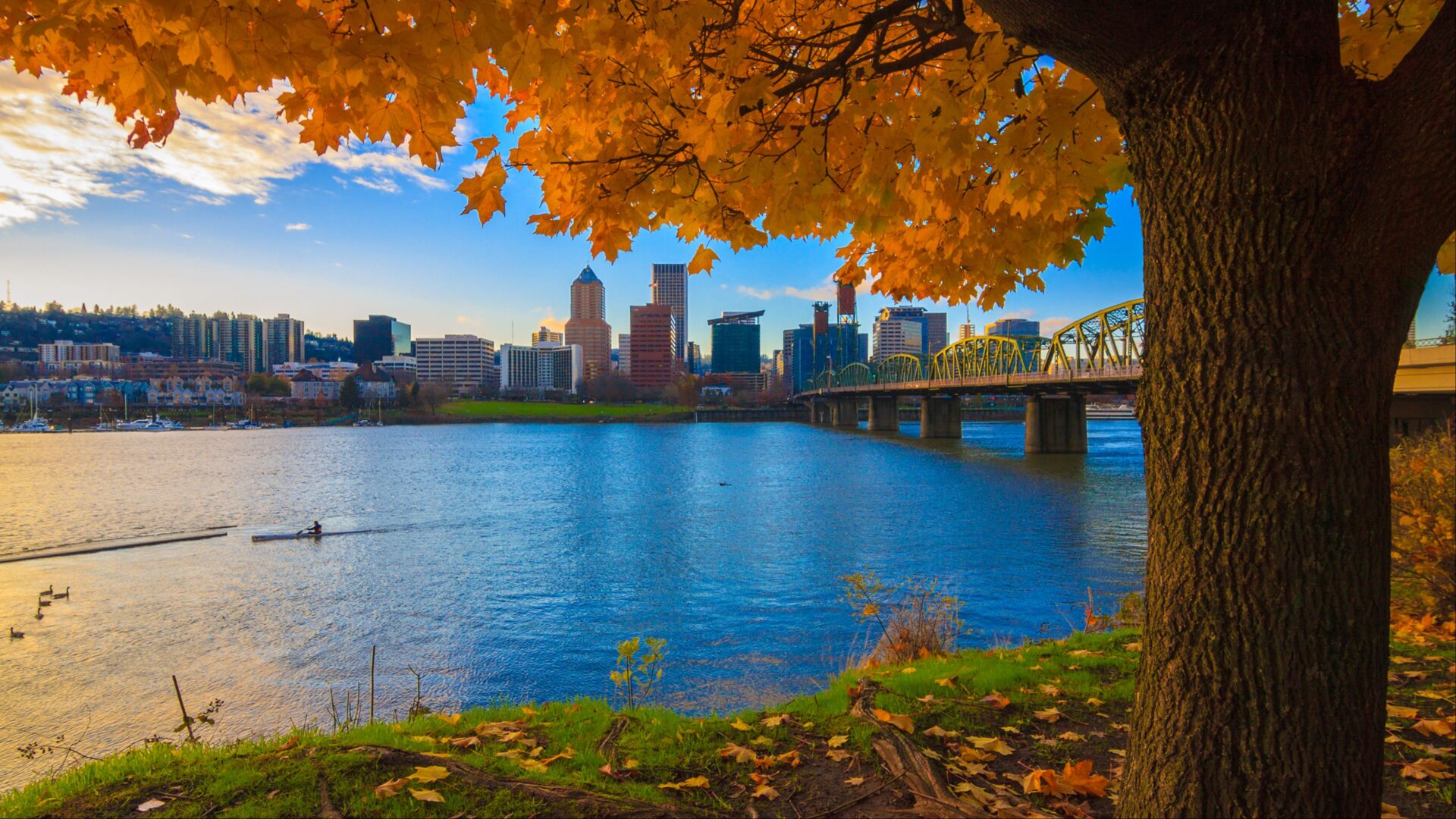Nestled in the Pacific Northwest, Oregon is a state of diverse landscapes, rich history, and unique cultural contributions. From the majestic Pacific coastline to the breathtaking Cascade Range, Oregon is a treasure trove of wonders waiting to be explored. In this blog, we’ll delve into 25+ fascinating facts about Oregon, uncovering hidden gems and shedding light on the state’s captivating tapestry. Whether you’re a resident or a curious traveler, prepare to be amazed by the enchanting stories and surprising details that make Oregon truly one of a kind.
Diverse Ecosystems:
- Oregon boasts a remarkable variety of ecosystems, from lush forests and high deserts to pristine beaches and volcanic landscapes. The state’s diverse geography is a playground for outdoor enthusiasts.
Crater Lake, the Deepest Lake in the U.S.:
- Crater Lake, located in the Cascade Range, is the deepest lake in the United States, with a maximum depth of approximately 1,949 feet. Formed in the caldera of Mount Mazama, it is renowned for its stunningly clear blue waters.
Portland’s Unofficial Motto: “Keep Portland Weird”:
- Embracing individuality and eccentricity, Portland has adopted the unofficial motto “Keep Portland Weird.” The city prides itself on its unique culture, eclectic neighborhoods, and support for local businesses.
Tillamook Cheese Factory:
- The Tillamook Cheese Factory, one of the largest cheese factories in the world, attracts visitors with its interactive tours and, of course, delicious cheese samples. Tillamook cheese has been a local favorite for over a century.
Mt. Hood, a Year-Round Ski Destination:
- Mt. Hood, a stratovolcano and the highest peak in Oregon, offers year-round skiing. Visitors can hit the slopes in winter and enjoy hiking, mountain biking, and even snowboarding in the summer.
The Oregon Trail’s Influence:
- The historic Oregon Trail, a 2,170-mile pioneer route, played a crucial role in the westward expansion of the United States. Oregon’s growth was significantly influenced by the influx of settlers traveling along this trail in the 19th century.
Columbia River Gorge Scenic Area:
- The Columbia River Gorge, a designated National Scenic Area, is a stunning canyon carved by the Columbia River. It features numerous waterfalls, including Multnomah Falls, the second-highest year-round waterfall in the U.S.
Home of Nike:
- Oregon is the birthplace of the iconic sportswear giant, Nike. Founded in 1964 by Bill Bowerman and Phil Knight at the University of Oregon, the company’s swoosh logo is now synonymous with athletic excellence.
Pendleton Round-Up:
- The Pendleton Round-Up, one of the oldest rodeos in the country, has been a staple of Oregon’s cultural heritage since 1910. This annual event showcases traditional rodeo competitions and celebrates the cowboy way of life.
International Rose Test Garden:
- Portland is home to the International Rose Test Garden, a botanical haven with over 10,000 rose bushes. It serves as a testing ground for new rose varieties, making it a must-visit for flower enthusiasts.
Powell’s City of Books:
- Powell’s City of Books in Portland is the largest independent new and used bookstore in the world. Spanning an entire city block, it offers a literary paradise for book lovers.
The Oregon Vortex:
- Located in Gold Hill, the Oregon Vortex is a mysterious area where the laws of physics seem to be distorted. Visitors can experience optical illusions and peculiar phenomena that defy explanation.
Oregon’s State Animal:
- The beaver, known for its industrious nature, is Oregon’s state animal. This nocturnal mammal is a symbol of Oregon’s early economic reliance on the fur trade.
McKenzie River’s Blue Pool:
- The McKenzie River is home to the stunning Blue Pool, a vibrant turquoise-colored natural spring. The pool’s clarity allows visitors to see the unique geological formations beneath its surface.
Hells Canyon:
- Hells Canyon, carved by the Snake River, is the deepest river gorge in North America. It straddles the border between Oregon and Idaho, offering breathtaking vistas and rugged landscapes.
The Tillamook Rock Lighthouse:
- Perched on a rock off the Oregon coast, the Tillamook Rock Lighthouse has a storied history as a beacon for mariners. Today, it stands as a testament to the challenges faced by lighthouse keepers in the past.
The Willamette Valley Wine Region:
- Oregon’s Willamette Valley is renowned for its exceptional wines, particularly its world-class Pinot Noir. The region’s wineries offer picturesque landscapes and delightful tasting experiences.
Oregon Shakespeare Festival:
- The Oregon Shakespeare Festival, held in Ashland, is one of the largest and oldest regional theaters in the country. It attracts theater enthusiasts with its diverse repertoire of classic and contemporary plays.
Japanese Gardens in Portland:
- The Portland Japanese Garden is considered one of the most authentic Japanese gardens outside of Japan. Its meticulously designed landscapes and traditional elements create a serene and contemplative atmosphere.
Haystack Rock in Cannon Beach:
- Rising 235 feet above the sandy shores of Cannon Beach, Haystack Rock is a monolithic sea stack and a popular landmark. It is part of the Oregon Islands National Wildlife Refuge.
Oregon’s Covered Bridges:
- Oregon is home to numerous covered bridges, showcasing the state’s historic charm. The Covered Bridges Scenic Bikeway allows cyclists to explore these picturesque structures.
Oregon State University’s Reser Stadium:
- Reser Stadium, the home of the Oregon State Beavers football team, is unique for having a football field that runs east to west, as opposed to the more common north-to-south orientation.
Umpqua Hot Springs:
- Nestled in the Umpqua National Forest, the Umpqua Hot Springs offer a secluded and rejuvenating natural hot springs experience surrounded by lush wilderness.
Oregon’s State Nut: Hazelnuts:
- Hazelnuts are Oregon’s official state nut. The state’s ideal climate and soil conditions contribute to the production of high-quality hazelnuts, making Oregon a leading producer in the U.S.
Portland’s Food Truck Scene:
- Portland’s food truck scene is a culinary adventure in itself. The city is home to a vast array of food carts offering diverse cuisines, making it a paradise for food enthusiasts.
Oregon’s Unique Beach Law:
- Oregon has a unique law that prohibits private ownership of its beaches. This means that all 363 miles of Oregon’s coastline are open to the public, ensuring access to stunning coastal landscapes for everyone.
The Oregon Grape:
- Oregon designated the Oregon grape (Mahonia aquifolium) as the official state flower. This hardy evergreen shrub produces vibrant yellow flowers and berries and is native to the region.
Oregon’s Flag is Two-Sided:
- The Oregon state flag is the only state flag with different designs on each side. One side features the state seal, while the reverse side showcases a beaver, Oregon’s state animal.
FAQs
Q1: What is Oregon’s climate like?
Oregon experiences a diverse climate due to its varied geography. Western Oregon has a temperate climate with mild, wet winters and warm, dry summers. Eastern Oregon tends to have a more arid climate, with colder winters and hotter summers. The state’s diverse ecosystems contribute to a range of microclimates.
Q2: How many waterfalls does Oregon have?
Oregon is home to over 200 named waterfalls, with the Columbia River Gorge alone boasting more than 90 waterfalls. Some of the most famous waterfalls include Multnomah Falls, Silver Falls, and Proxy Falls.
Q3: Are there volcanoes in Oregon?
Yes, Oregon is part of the Pacific Ring of Fire and is home to several volcanoes. The Cascade Range, running through the state, includes notable peaks such as Mount Hood, Mount Jefferson, and Crater Lake, which is a caldera formed by the collapse of Mount Mazama.
Q4: How did Oregon get its name?
The name “Oregon” is believed to have originated from a 1765 map that labeled the region as “Ouragon.” The exact origin and meaning of the name are unclear, but various theories suggest Native American, French, or Spanish influences.
Q5: What is the state tree of Oregon?
The Douglas Fir (Pseudotsuga menziesii) is the official state tree of Oregon. This towering evergreen is abundant in the state’s forests and holds economic and ecological significance.
Conclusion
Oregon, with its enchanting landscapes, vibrant culture, and rich history, is a state that continually surprises and captivates those who explore its wonders. From the depths of Crater Lake to the quirky charm of Portland, each facet of Oregon contributes to the state’s unique identity. As we’ve uncovered these 25+ fascinating facts and delved into the frequently asked questions about Oregon, we hope to have sparked your curiosity and appreciation for this extraordinary corner of the Pacific Northwest. Whether you’re planning a visit or simply want to learn more about this diverse state, Oregon’s allure is sure to leave a lasting impression.




